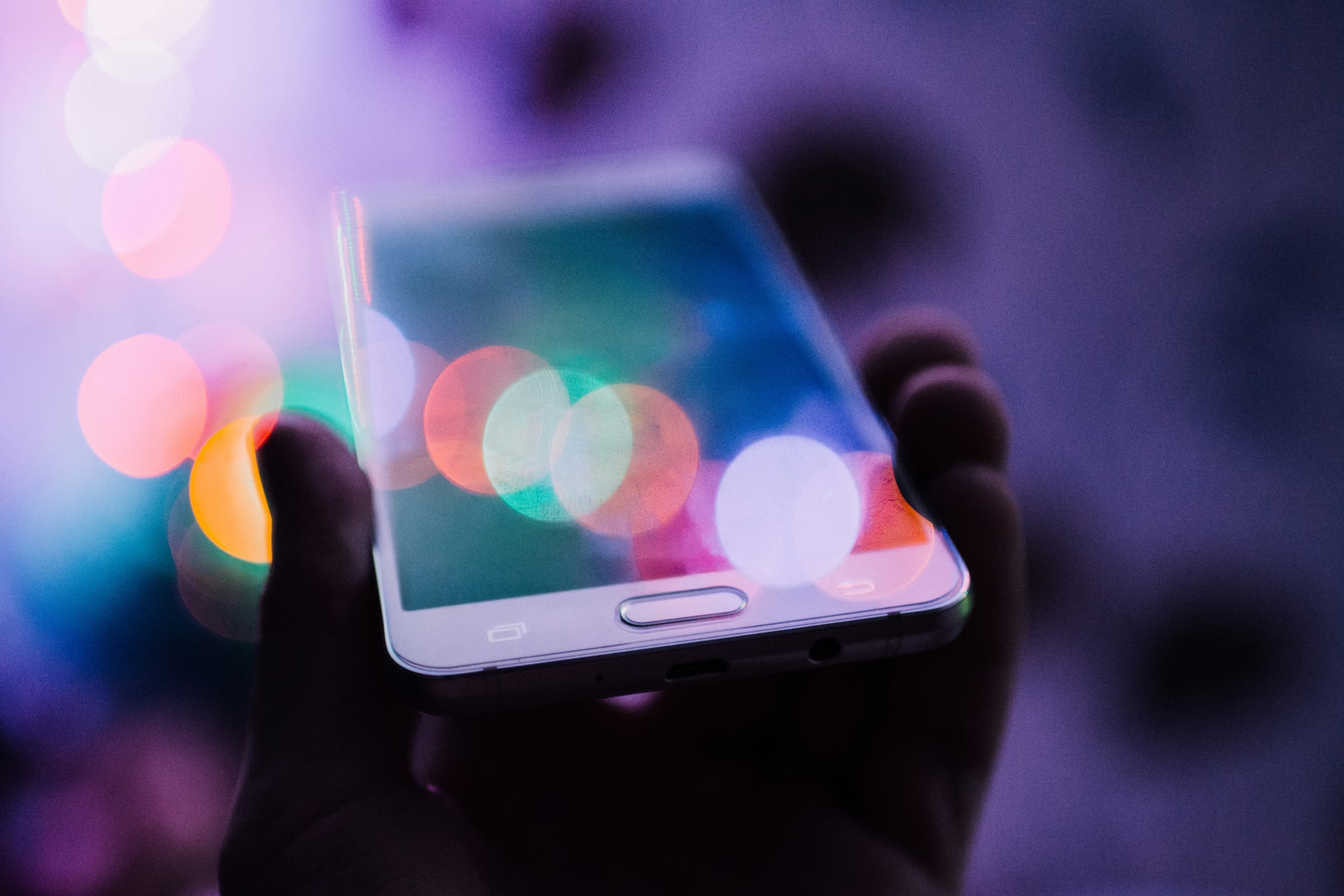Practical Ways to Alleviate Digital Fatigue Syndrome: Have you ever wondered why you feel so drained and unfocused after spending hours staring at a screen? You’re not alone in this digital age. Many people like you are experiencing Digital Fatigue Syndrome, where prolonged exposure to electronic devices leaves us feeling mentally exhausted and physically strained. But here’s the silver lining—there are practical ways to alleviate this modern-day syndrome! Let’s delve into these methods in a friendly and approachable manner.

Table of Contents
Understanding Digital Fatigue Syndrome
What is Digital Fatigue Syndrome?
Digital Fatigue Syndrome is more than just sore eyes from binge-watching your favorite shows. It’s a combination of physical, mental, and emotional symptoms brought on by excessive exposure to digital screens. Symptoms include blurred vision, headaches, difficulty concentrating, irritability, and a sense of fatigue that lingers even when you’re not using devices.
Historical Background
The rapid rise of technology has changed how we work, communicate, and entertain ourselves. While this has brought many benefits, it has also introduced new challenges. The concept of digital fatigue surprisingly surfaced as early as the late 20th century with the advent of home computers and has since evolved dramatically with the proliferation of smartphones and tablets. Much like the Victory Gardens of World War II providing food security, today’s concern is securing our mental wellbeing in this digital era.
Key Symptoms and Effects
Identifying the Symptoms
It’s important to be self-aware and recognize the signs of digital fatigue. Common physical symptoms include:
- Eye strain or discomfort
- Blurred or double vision
- Headaches
- Neck and shoulder pain
Mentally, you might feel:
- Decreased productivity
- Lack of motivation
- Mental burnout
And emotionally, there could be:
- Increased irritability
- Mood swings
The Ripple Effect on Daily Life
Digital fatigue doesn’t just end with you feeling tired—it can affect your work performance, personal relationships, and overall health. Imagine trying to have a heartfelt conversation when your mind is foggy and you’re distracted by incoming notifications. Living in a constant state of screen-induced tension is far from ideal, but it’s a reality for many.

Practical Strategies to Alleviate Digital Fatigue
Taking Regular Breaks
One of the simplest yet most effective strategies is the 20-20-20 rule. Every 20 minutes, take a 20-second break to look at something 20 feet away. Think of it like a mini-stroll for your eyes.
Embracing the Outdoors
Nature is a perfect antidote for digital fatigue. Its soothing power can help reset your mind and reduce stress levels. Consider a daily walk or just sit in a park, breathe deeply, and enjoy the natural surroundings.
Ergonomic Adjustments
Ensuring your workspace is ergonomically optimized can help combat physical discomfort. This means adjusting your chair, desk, and screen height. Keep your screen at eye level, so you’re looking straight, not down, to reduce neck strain.
Digital Detox: A Weekend Challenge
What if you could reclaim your weekends from screens? A digital detox means scheduling time to unplug from digital devices, allowing you to recharge and connect with the world offline. Simple activities like reading a book, gardening, or engaging in a hobby can work wonders.
Technology Usage Management
Setting Boundaries
Establish clear boundaries for your technology usage. You could set specific times of day for work emails or social media, ensuring you’re not flooding your brain with information 24/7.
Utilizing Productivity Tools
Yes, technology contributes to our fatigue, but it can also help manage it. Employ productivity tools that limit your screen time. Apps like Moment or Offtime can help you find a balance and protect your time for other important activities.

Exercises to Combat Digital Strain
Eye Exercises
Simple eye exercises can relieve strain. Try blinking slowly 10 times in a minute, or imagine writing your name in the air using only your eyes for a 5-minute stretch to improve focus and eye muscle strength.
Neck and Shoulder Stretching
Combat tension with gentle stretches. Slowly tilt your head towards your shoulder and hold for 10 seconds, then switch sides. Incorporate shoulder rolls and neck rotations daily.
Mindfulness and Relaxation Techniques
Practicing Meditation
Just as sustainability in gardening involves wise use of resources, managing digital fatigue requires wise use of our mental resources. Meditation is an excellent way to cultivate mindfulness. Taking 5 to 10 minutes a day to sit quietly, focus on your breath, and let your mind unwind has immense benefits.
Incorporating Breathing Exercises
Simple breathing exercises can also reduce stress and increase focus. Try 4-7-8 breathing: inhale for 4 seconds, hold for 7, and exhale for 8. Repeat this a few times to feel calmer and more centered.

Case Studies and Comparisons
Success Stories
Consider Lisa, who shifted her approach to digital technology after noticing persistent headaches and fatigue. By implementing regular breaks and technology-free Sunday afternoons, she discovered more energy and improved relationships.
Similarly, Tom who spent most of his day glued to his work laptop, began scheduling outdoor walks and noticed a dramatic increase in his overall productivity and creativity.
Real-World Comparisons
In comparing regions with high technology penetration, individuals and companies investing in digital well-being programs often report higher morale and reduced burnout rates. These examples underline the importance of integrating mindful technology usage habits into daily routines.
Looking into the Future
Emerging Technologies and Possible Implications
As digital life evolves, so too should our approach to managing it. Innovations like augmented reality and virtual reality offer new opportunities and challenges for digital fatigue management. Could these tools actually provide alternative means for relaxation and learning away from 2D screens?
Staying Informed and Adapting
Remaining informed as technology evolves is crucial. Being adaptive and willing to adjust your habits ensures you stay on top of digital fatigue rather than letting it control you. Much like sustainable practices in urban gardening, adaptiveness in digital use can lead to productivity and wellness.

Concluding Insights
While digital fatigue is a growing concern in your world, it’s not insurmountable. By stepping back, setting boundaries, and incorporating these practical strategies into your life, you can manage the symptoms effectively. Embrace the balance between screen time and real time, and you might find that the digital world becomes a tool for enrichment rather than exhaustion.
Combat Digital Fatigue & Protect Your Energy
7-Day Plan to Escape Smartphone Addiction with Digital Detox

